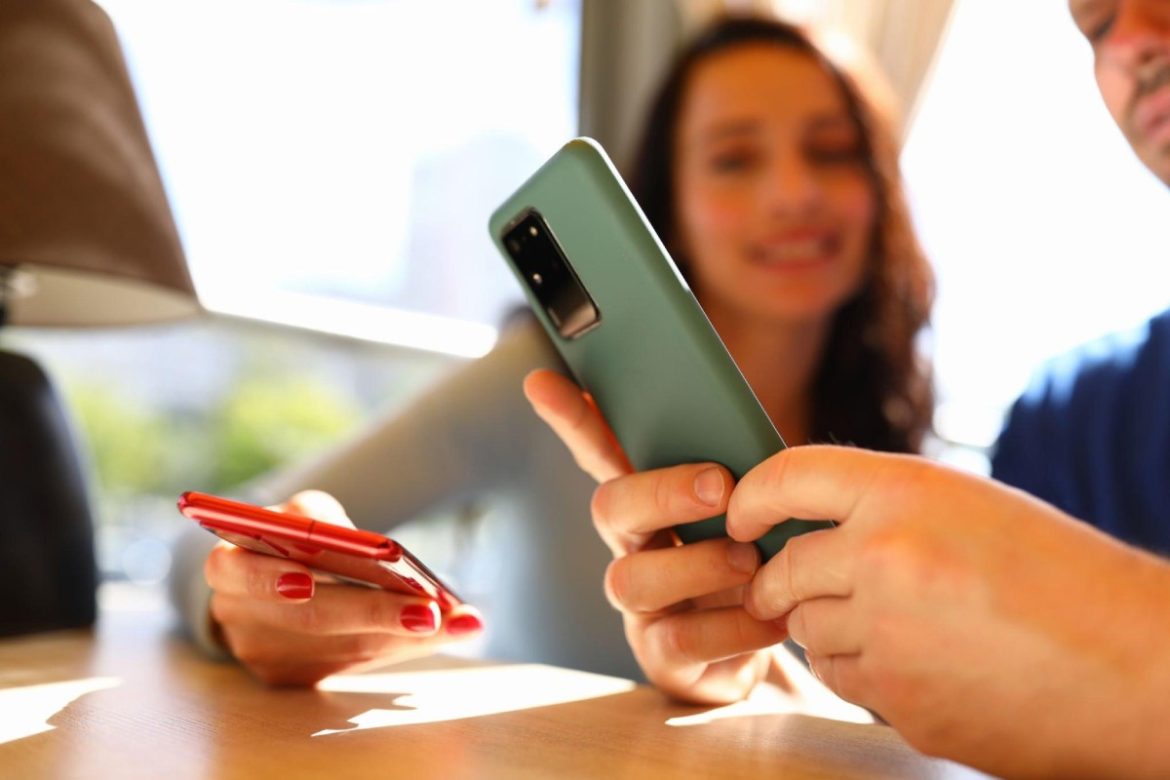Understanding the history and development of Android Phones – Android phones have been around for a while. But before they were these sleek, powerful devices we know and enjoy today, they were bulky and clunky. The first Android phone was released in 2008, and it was the T-Mobile G1, also known as the HTC Dream. That was more than a decade ago. Today, these powerful devices can virtually do anything you expect a smartphone to do.
“Samsung is set to release the highly anticipated Galaxy Z Flip 6, building on the success of its innovative foldable design. The Z Flip 6 promises to deliver enhanced performance, a more durable hinge mechanism, and improved battery life. Additionally, Samsung has developed a sleek and protective Z Flip 6 case, offering users both style and functionality. This new Z Flip 6 case is designed to provide optimal protection while maintaining the phone’s slim profile, ensuring that users can enjoy the cutting-edge technology of the Z Flip 6 without compromising on aesthetics or safety.”
Table of Contents
Understanding the first android phones:
The G1 was the first device to run on the Android platform, and it came with various features still used today. It had a 3.2-inch touchscreen, a slide-out keyboard, and Wi-Fi capability. It also had an integrated Google Maps app, which was revolutionary at the time and set the stage for future phones.
The innovation brought by Motorola:
Motorola was one of the first companies to jump on board with Android phones, releasing their popular DROID series in 2009. These were among the first devices to feature high-end specs, including a 5-megapixel camera, HD video recording capabilities, and more. The DROID also featured a MOTOBLUR user interface, allowing users to switch between different features and apps quickly.
The frozen yogurt era:
The next big step for Android phones came with the Samsung Galaxy S2 in 2011. This phone featured a 4.3-inch touchscreen and introduced the Android “Froyo” (Frozen Yoghurt) operating system, allowing users to customize their devices more than ever.
The rise of Samsung:
Samsung soon entered the scene with its Galaxy line of phones. The company was able to capitalize on its popularity in other markets and offered some of the most impressive hardware at the time. In 2010, Samsung released the original Galaxy S phone, which featured a 4-inch Super AMOLED touch display and provided users with a great multimedia experience.
The rise of Google phones:
Google released its line of branded phones in 2010 with the release of the Nexus One. This device featured a 3.7-inch OLED display powered by a 1GHz Snapdragon processor. It also came with the latest version of Android at the time, 2.3 Gingerbread. Subsequent models, such as the Nexus 4, 5, and 6, were even more powerful and provided users with an even better experience.
Android phones for cameras:
Android cameras have evolved over the years, with manufacturers offering devices specifically tailored for photography enthusiasts. In 2013, Samsung released the Galaxy Camera, which featured a 16-megapixel sensor and came with an Android 4.1 operating system. This allowed users to edit photos on the go, as well as access a variety of apps such as Instagram and Snapchat.
Android phones for gaming:
Gaming on Android phones has come a long way since the early days. While the G1 was limited to casual games, modern devices now feature powerful hardware and can run even graphically intensive games. The Samsung Galaxy S7 Edge features a 5.5-inch Quad HD display and is powered by an octa-core processor, making it one of the best gaming phones on the market today.
The current Android market:
Today, the Android operating system is being used on phones worldwide. Every year we see new and innovative devices that offer better performance and features than ever. From gaming phones to foldable displays, there’s something for everyone in the Android ecosystem. It is safe to say that the future looks even brighter for Android phones.
Tracing back the roots of the iPhone vs. Android debate:
The Android vs. iPhone debate has been around since the launch of the first Android phone. Apple quickly responded with the release of its device, the iPhone. Since then, both companies have released various devices that offer different features and benefits. While it’s impossible to say which platform is better, it’s clear that both companies have done their part in pushing smartphone technology forward. No matter your preference, there’s an Android or iPhone for everyone.
The future of Android:
Android phones have come a long way in just over a decade, and with each new release comes more innovation and better performance. With new technologies such as virtual reality being incorporated into smartphones, it’s an exciting time for Android users looking forward to what lies ahead.
Understanding the history and development of Android phones is important for anyone who wants to understand how far we have come regarding smartphone technology. It shows us how far we have come from those bulky devices and where we are headed in the future. Android phones have come a long way since the launch of the G1 and offer users more features and customization than ever before. From gaming to photography, there’s an Android phone for everyone. Whether you prefer Apple or Android, both companies have done their part in pushing mobile technology forward and will continue to do so in the future.


